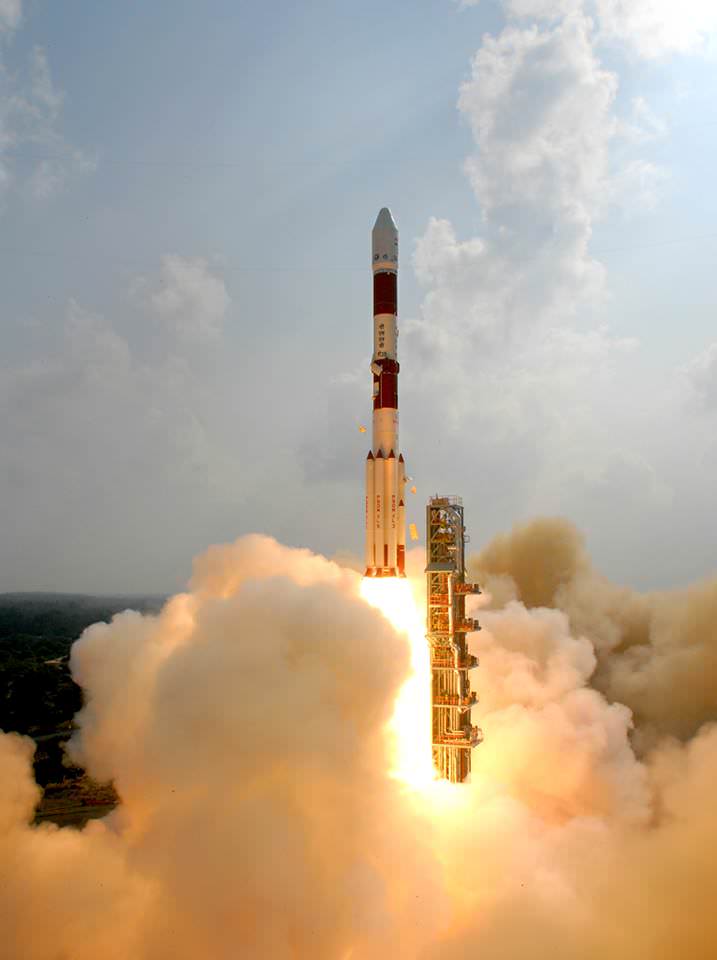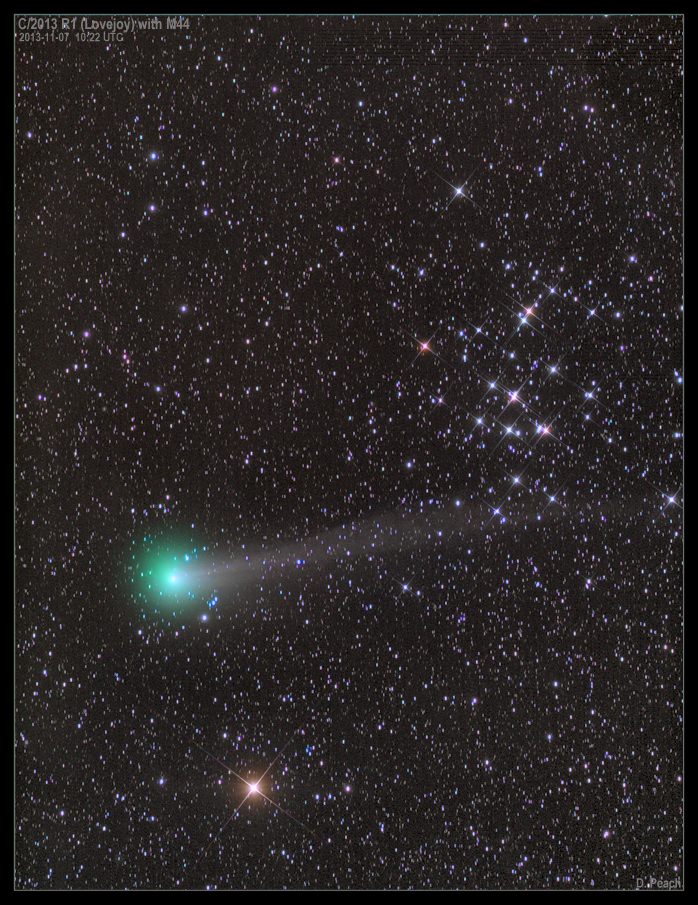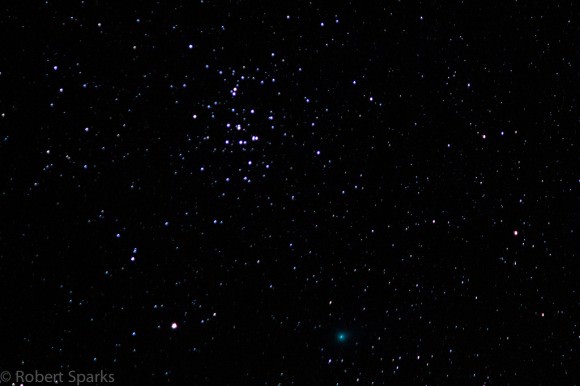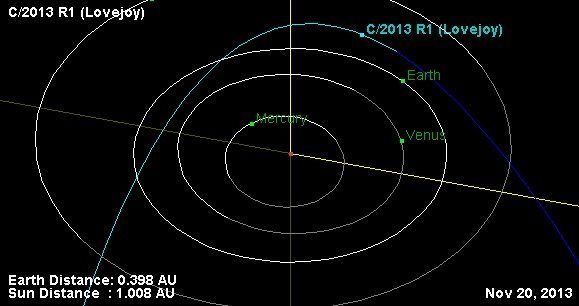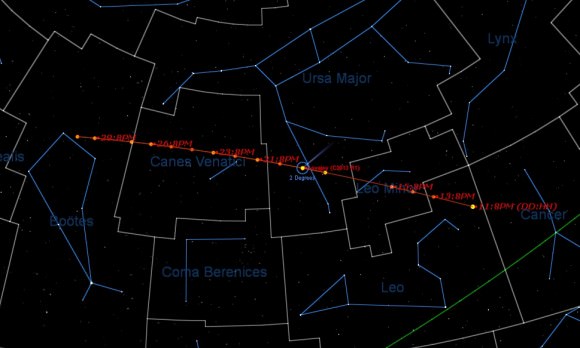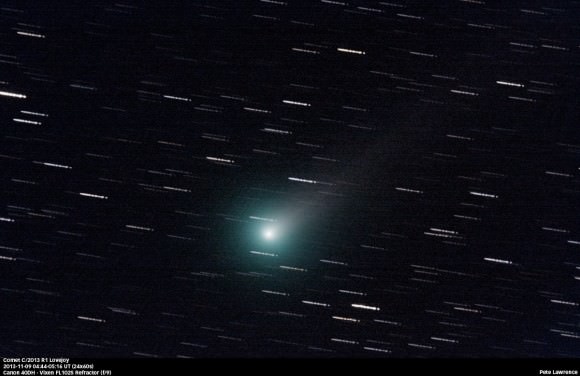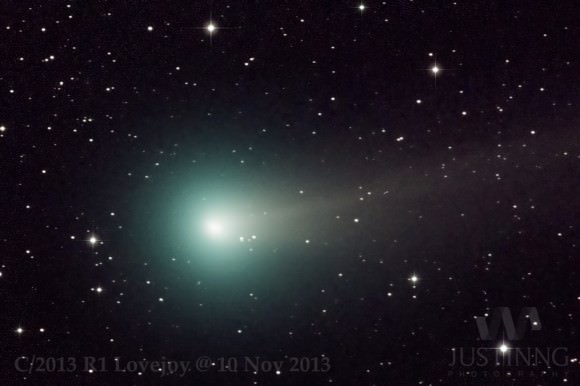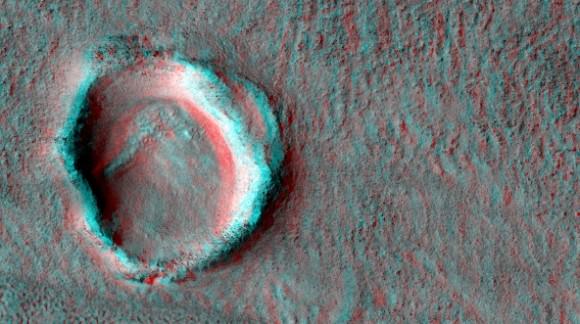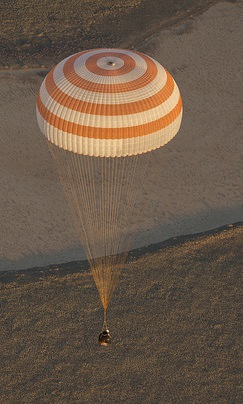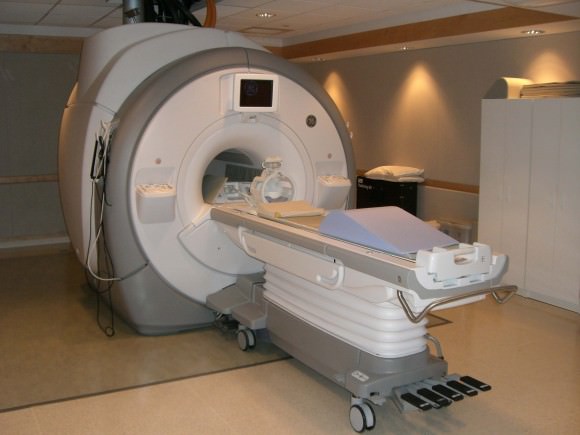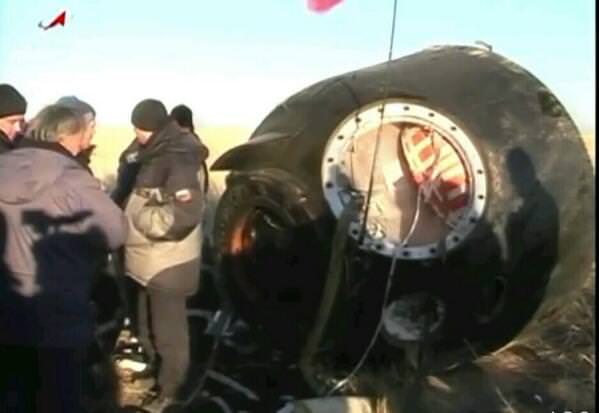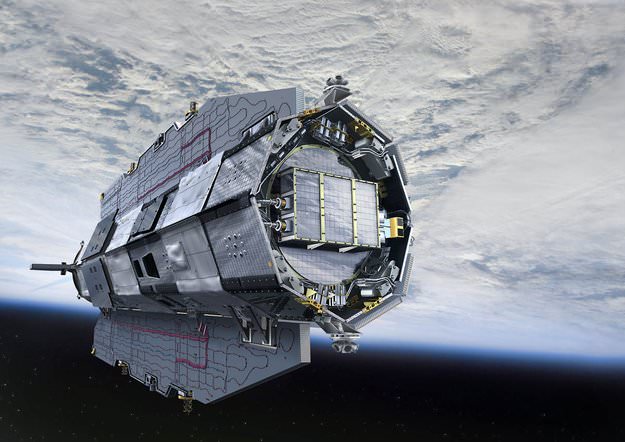India’s Mars Orbiter Mission (MOM) probe suffered a surprise hiccup overnight (Nov. 11 IST) when the main engine shut down prematurely and left the country’s first ever mission to the Red Planet flying in a significantly lower than planned interim elliptical orbit around Earth – following what was to be her 4th orbit raising burn since last week’s flawless launch.
“MOM is in normal health,” at this time according to the Indian Space Research Organization (ISRO) – which has now scheduled a supplementary main engine firing for early Tuesday (Nov. 12) to boost the crafts orbit the missing 20,000 km required.
Monday’s engine firing only raised MOM’s apogee (farthest point to Earth) from 71,623 km to 78,276 km compared to the originally planned apogee of about 100,000 [1 lakh] km), said ISRO in a press release.
This is the first serious problem to strike MOM in space. And it seemed clear to me something might be amiss when ISRO failed to quickly announce a successful completion of the 4th firing as had been the pattern for the initial three burns.
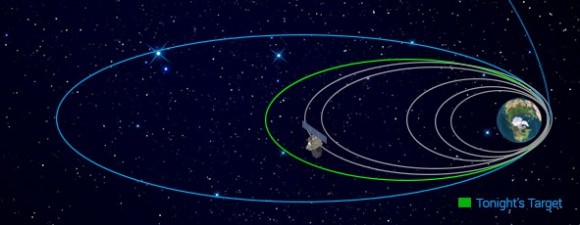
The premature shutdown of the liquid fueled 440 Newton main engine “imparted an incremental velocity of 35 metres/second as against 130 metres/second originally planned,” ISRO stated.
That’s barely a quarter of what was hoped for.
“A supplementary orbit-raising operation is planned tomorrow (November 12, 2013) at 0500 hrs IST to raise the apogee to nearly 1 lakh [100,000] km.”
A series of six absolutely essential firings of the 440 Newton main engine – dubbed “midnight maneuvers” – had been originally scheduled by Indian space engineers.
The purpose of the “midnight maneuvers” is to achieve Earth escape velocity by gradually raising MOM’s apogee over several weeks, and set her on a trans Mars trajectory to the Red Planet, following the spectacular blastoff on Nov. 5 from India’s spaceport.
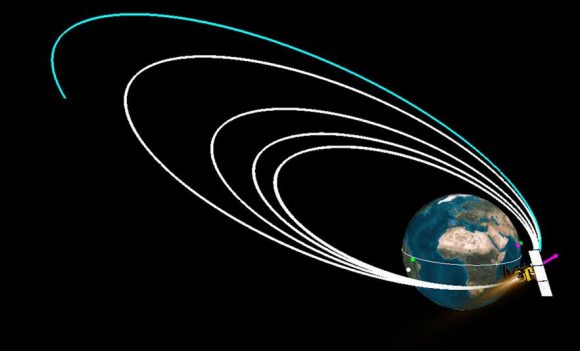
MOM was due to depart Earth’s orbit on Dec. 1 after accomplishing the 6th of the originally scheduled thruster firings – and begin a 10 month long interplanetary cruise to Mars.
MOM’s picture perfect Nov. 5 liftoff atop India’s highly reliable four stage Polar Satellite Launch Vehicle (PSLV) C25 from the ISRO’s Satish Dhawan Space Centre SHAR, Sriharikota, precisely injected the spacecraft into an initial elliptical Earth parking orbit of 247 x 23556 kilometers with an inclination of 19.2 degrees.
The 1st, 2nd and 3rd thruster firings were spot on and incrementally raised MOM’s apogee from 23556 km to 28814 km, 40186 km and 71,623 km respectively.
The next firing had been slated for Nov. 16.
Here’s how ISRO described the source of the main engine shutdown:
“During the fourth orbit-raising operations held today (November 11, 2013), the redundancies built-in for the propulsion system were exercised, namely, (a) energising the primary and redundant coils of the solenoid flow control valve of 440 Newton Liquid Engine and (b) logic for thrust augmentation by the attitude control thrusters, when needed.
However, when both primary and redundant coils were energised together, as one of the planned modes, the flow to the Liquid Engine stopped. The thrust level augmentation logic, as expected, came in and the operation continued using the attitude control thrusters. This sequence resulted in reduction of the incremental velocity.”
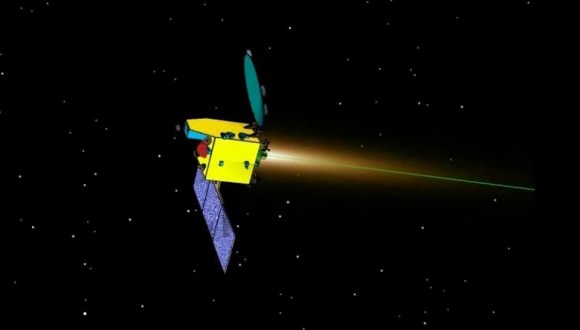
It is not known at this time how or whether the requirement for a supplemental “midnight maneuver” engine firing will affect the mission’s timing at Earth and its operations and longevity at Mars.
Why are the firings called midnight maneuvers?
“Firing has to happen near the perigee and in the visibility from ISTRAC ground stations. All these orbits have argument of perigee of ~285 deg. When all these constraints are put together, firings time will almost always fall in to midnights of Indian sub continent,” said ISRO in response to a readers inquiry.
In the latest update, ISRO reports: “After achieving an apogee of around 78,000 km in last night’s Maneuver, ISRO’s Mars Orbiter Mission Spacecraft is all set to reach the apogee of One lakh km in a supplementary maneuver scheduled for 5 AM tomorrow. [Nov 12].”
MOM was to arrive in the vicinity of Mars on September 24, 2014 when the absolutely essential Mars orbital insertion firing by the 440 Newton liquid fueled main engine will slow the probe and place it into a 366 km x 80,000 km elliptical orbit.
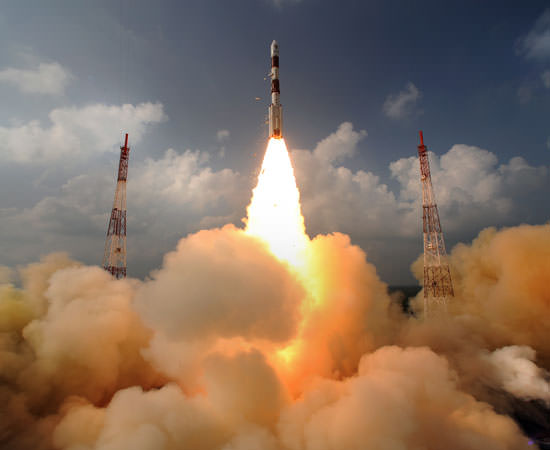
If all goes well, India will join an elite club of only four who have launched probes that successfully investigated the Red Planet from orbit or the surface – following the Soviet Union, the United States and the European Space Agency (ESA).
The low cost $69 Million MOM mission is the first of two new Mars orbiter science probes from Earth blasting off for the Red Planet this November.
Half a world away, NASA’s $671 Million MAVEN orbiter remains on target to launch in less than one week on Nov. 18 – from Cape Canaveral, Florida.
Both MAVEN and MOM’s goal is to study the Martian atmosphere, unlock the mysteries of its current atmosphere and determine how, why and when the atmosphere and liquid water was lost – and how this transformed Mars climate into its cold, desiccated state of today.
The MAVEN and MOM science teams will “work together” to unlock the secrets of Mars atmosphere and climate history, MAVEN’s top scientist Prof. Bruce Jakosky told Universe Today.
Stay tuned here for continuing MOM and MAVEN news and Ken’s MAVEN launch reports from on site at the Kennedy Space Center press center
…………….
Learn more about MAVEN, MOM, Mars rovers, Orion and more at Ken’s upcoming presentations
Nov 14-19: “MAVEN Mars Launch and Curiosity Explores Mars, Orion and NASA’s Future”, Kennedy Space Center Quality Inn, Titusville, FL, 8 PM
Dec 11: “Curiosity, MAVEN and the Search for Life on Mars”, “LADEE & Antares ISS Launches from Virginia”, Rittenhouse Astronomical Society, Franklin Institute, Phila, PA, 8 PM

